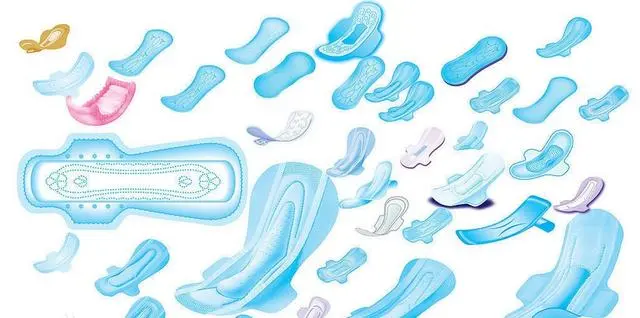1.
Water Absorption Capacity:
the Stronger,
the Better
The water absorption of
sanitary napkin depends on the polymer mix and fiber, and there is a lot of knowledge about it.
The origin of polymer mix: The polymer mix is mainly made in the United States, Korea, Japan and Singapore. The principal manufacturer of Japan and Singapore is Sumitomo Seika, the superabsorbent polymers (SAPs) of which possess the strongest absorption capacity, the United States the second strongest and Korea the weakest. From what I have seen before, the SAPs of Sumitomo would become spheroidal after absorbing water, and American and Korean SAP were both irregular polyhedrons, but I have had no idea about what was going on so far. Once the water absorption of polymer mix is strong, the products can be made thinner.
2.
Reverse Permeation Capacity:
the Lower,
the Better
Can polymer mix firmly retain water after absorbing it? Reverse permeation will happen under certain extrusion force. The user will feel uncomfortable if the reverse permeability is high. Rational proportion of polymer mix and pulp is also needed to lower the reverse permeability.
Testing Methods: Use filter paper and then put pressure on the surface of the sanitary napkin after pouring a certain amount of normal saline. Observe that how much liquid can be absorbed by filter paper. It can be concluded that the lower the reverse permeability is, the better the
sanitary napkin will be.
3.
Fluorescent Whitening Agent:
the Fewer,
the Better
Manufacturing Requirements: I have visited some large factories, finding that the management of large brand factories is usually strict, and that of medium-sized factories is also pretty good. The better the sanitary condition is, the more secure the products will be. Usually, productions are all based on automated assembly lines, which means that it doesn't need too many people to involve in every link. Therefore, environments and materials are key to affecting quality.
Fluorescent whitening Agent: It is unnecessary to study whether fluorescent whitening agent will affect health, but it can be said that the sanitary napkins with fluorescent whitening agent added to are harmful. Since fluff pulp has been treated elaborately, it will be the same soft and white as cotton with little dust after being smashed into velvet. Only those products made of inferior pulp and even recycled pulp need increasing whiteness and thus need adding fluorescent whitening agent to. These products usually have weak water absorption and much dust.
4.
Safety
Adhesion Capacity: the stronger, the better
Adhesive Tape: The bottom and two wings of
sanitary napkins are covered with adhesive tapes, which can be solidly attached to the underpants. It will be terrible if sanitary napkins can not be attached solidly. Therefore, the adhesive tapes are important though they are small.
